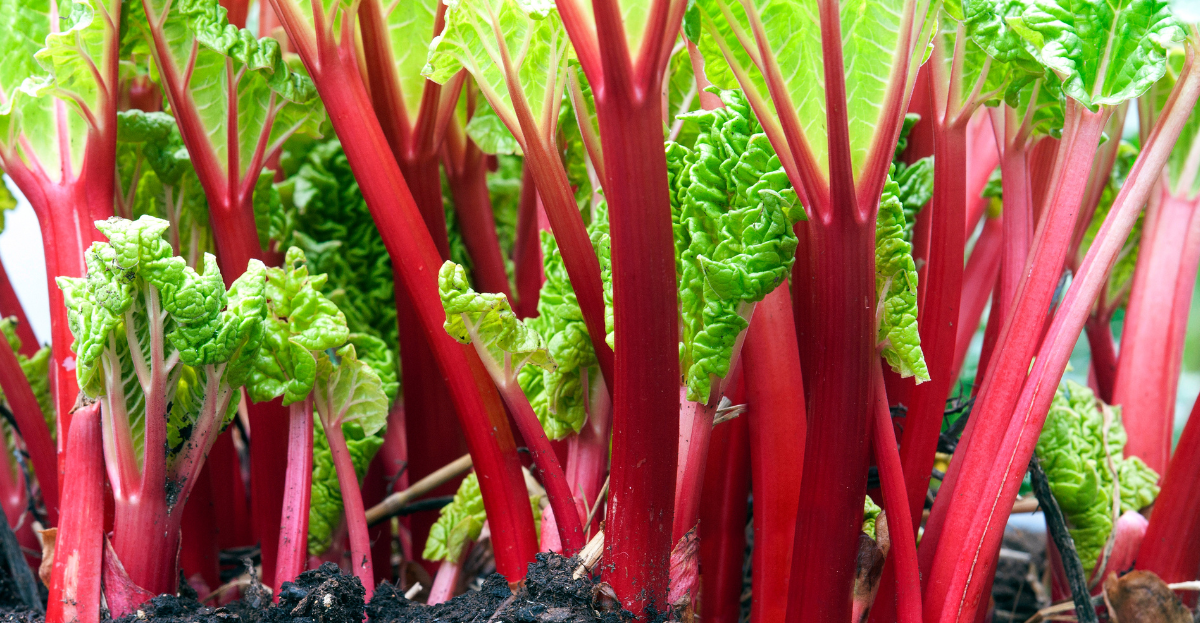Your April Gardening Checklist
April marks a turning point in the gardening calendar, with longer daylight hours and rising temperatures sparking new growth. Here’s your comprehensive guide to essential allotment jobs this month.
April is a pivotal month in the gardening calendar, with longer daylight hours and rising temperatures kickstarting growth. However, unpredictable weather, late frosts, and sharp showers mean vigilance is still required. Here’s your comprehensive guide to essential allotment jobs this month.
Soil Preparation
April is the time to prepare your soil for the growing season ahead. If your soil was winter-dug and left rough, frost and snow should have helped break it down into a fine tilth. Now, as the soil surface dries, tread it down and rake it smooth, ready for direct sowing.Check soil pH, especially in beds intended for brassicas. If the soil is acidic, apply lime accordingly.
Incorporate well-rotted compost or manure into the soil to improve fertility and structure.
Cover prepared seed beds with cloches to help warm the soil before sowing.
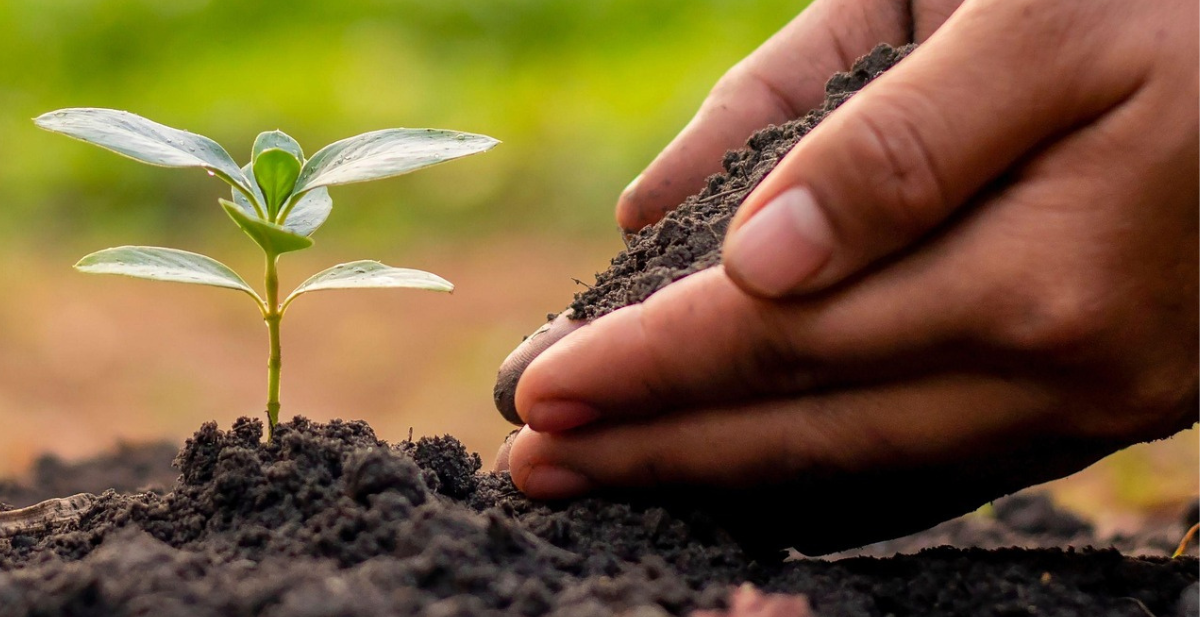
Greenhouse & Cold Frame Maintenance
With the increase in temperatures, managing your greenhouse or cold frame is key to strong, healthy plants.Increase ventilation on warm days but use roof vents rather than doors to avoid cold draughts.
Ventilate cold frames during the day to acclimatise young plants but close them at night.
Watch for early signs of pests and take action before infestations develop.
Clean greenhouse glazing to maximize light levels.
Install guttering and a water butt to make use of April showers.
Maintain plant hygiene by removing faded blooms and dead leaves to prevent fungal diseases.
Harden off young plants by gradually introducing them to outdoor conditions before transplanting.
Vegetable Tasks
April is a busy month for vegetable growers, with plenty of sowing and planting to be done.- Plant second-early and maincrop potatoes by the end of the month.
- Sow outdoor varieties of tomatoes, chillies, and courgettes in pots, ready for planting out in late May or June.
- Continue planting asparagus crowns and Jerusalem artichokes.
- Make successional sowings of salad onions, lettuce, radish, and rocket under cloches or frames.
- Sow fast-growing crops such as radishes to fill any gaps.
- Sow carrots, beetroot, and peas directly outdoors. If mice are an issue, sow peas indoors first and transplant later.
- Sow kohlrabi and herbs like parsley, coriander, dill, and chamomile in sunny spots.
- Feed spring cabbage, overwintering onions, garlic, and shallots with a high-nitrogen fertilizer to encourage growth.
- Protect emerging seedlings from slugs and snails using organic methods such as beer traps or crushed eggshells.
- Place cardboard collars around brassicas to deter cabbage root fly.
- Pinch out the tips of broad beans if covered in aphids or spray with a soap-based solution.
- Sow flowering companions like pot marigolds and borage to attract pollinators and deter pests.
- Thin out seedlings from last month’s sowings according to packet instructions.
- Transplant broad bean seedlings sown in pots to their final positions and cover with fleece if frost is forecast.
- Keep new growth on trained fruit trees tied in to support their structure.
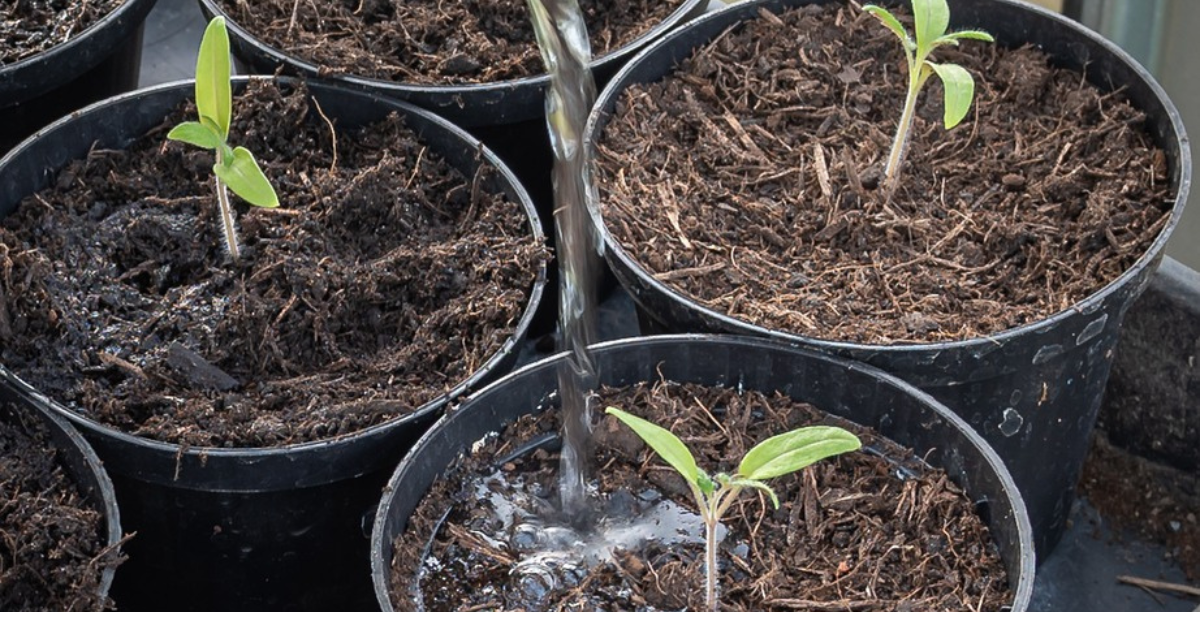
Fruit Tasks
Fruit crops require careful attention in April to ensure a healthy harvest later in the year.- Watch for ‘Big Bud’ on blackcurrants—remove affected buds or dispose of heavily infected plants.
- Remove grease bands from fruit trees if used over winter.
- Thin out heavy fruit sets on peaches and nectarines, leaving fruits about 10cm apart to allow them to develop properly.
- Apply a high-potassium feed to fruit trees and bushes to support flowering and fruit development.
- Protect early blossoms from frost by covering them with fleece on cold nights.
- Mulch around the base of fruit trees and bushes to conserve moisture and suppress weeds.
Greenhouse & Indoor Sowing
For those with a greenhouse, April is a crucial time to get summer crops started.- Sow tomatoes, cucumbers, melons, courgettes, pumpkins, marrows, runner beans, French beans, and sweetcorn in pots.
- Prick out seedlings in trays as soon as they develop their first true leaves to prevent overcrowding.
- Transplant greenhouse tomatoes into growing bags or large containers and tie stems to supports.
- Sow sweet peas in deep pots and keep frost-free in a greenhouse or sunny windowsill.
- Plant up hanging baskets and summer bedding but keep them indoors until after the last frost.
- Sow herbs like basil, chives, parsley, fennel, and coriander in pots or trays for a steady supply throughout the season.
- Open greenhouse doors and vents on warm days to improve air circulation, or install automatic vent openers to regulate temperature.
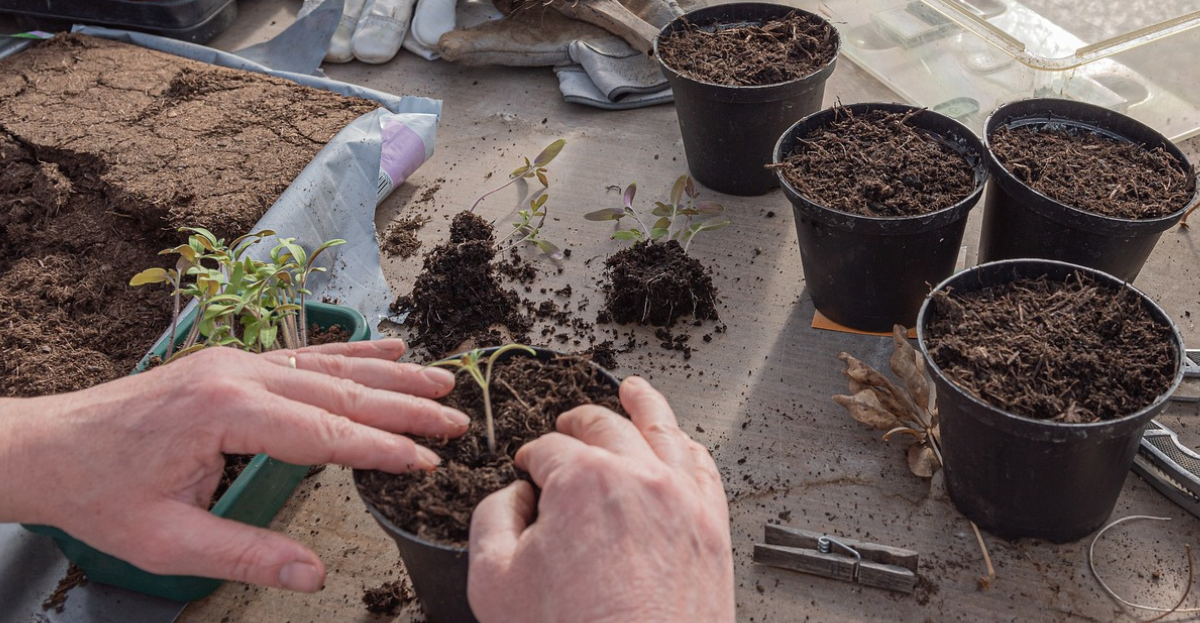
Flower Tasks
April is a wonderful time to prepare your flower garden for a summer display.
- Stake sweet peas if not already done to support their climbing growth.
- Pot up and start dahlias in containers indoors to get a head start on the season.
- Plant out gladioli corms for successional flowering through the summer.
- Pinch out the shoot tips of fuchsias to encourage bushier growth and more flowers.
- Deadhead spring bulbs like daffodils and tulips to prevent seed production and encourage bulb growth.
- Sow hardy annuals such as poppies, cornflowers, and calendula directly outdoors for summer colour.
Weeding & Pest Control
Keeping on top of weeds and pests early in the season will make maintenance easier later on.
- Continue weeding, focusing on perennial weeds before they take hold.
- Hoe regularly to prevent annual weed seedlings from growing and competing with crops.
- Check for early aphid infestations and blast them off with water or use a soft soap spray.
- Protect young plants from slugs and snails with organic deterrents such as copper tape or wool pellets.
- Use netting to keep birds off newly sown seeds and young seedlings.
- Encourage beneficial insects like ladybirds and lacewings by planting pollinator-friendly flowers.
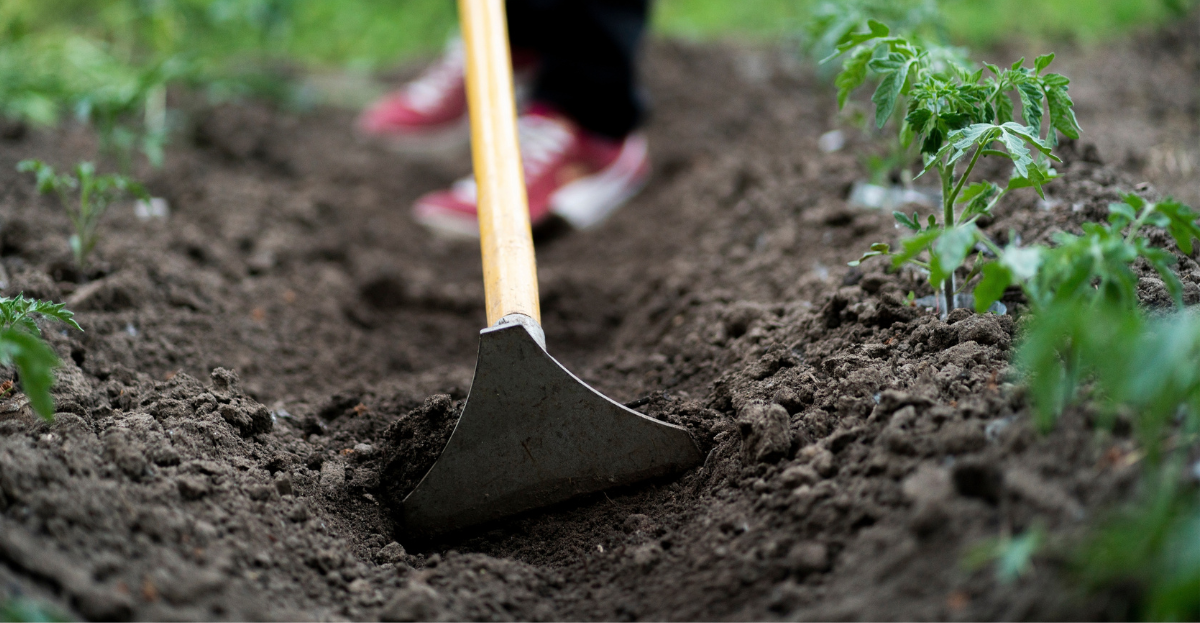
What to Harvest
April marks the beginning of the harvest season for some early crops.
- Spring onions – Harvest for fresh, mild-flavoured salads.
- Rhubarb – Pick young, tender stems but leave some to continue growing.
- Purple sprouting broccoli – Continue harvesting while it's in season.
- Overwintered spinach and chard – Pick regularly to encourage new growth.
- Leeks – The last of the winter leeks can be pulled up before they bolt.
- Early radishes – Harvest young radishes for the best flavour.
By staying on top of these tasks, you’ll ensure a productive and healthy allotment for the growing season ahead. Happy gardening!
